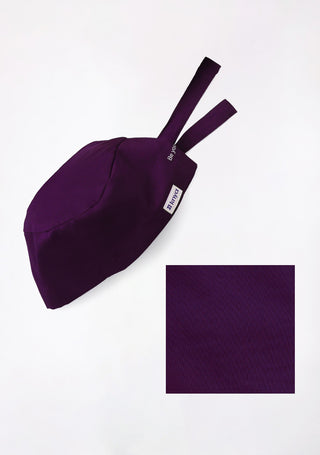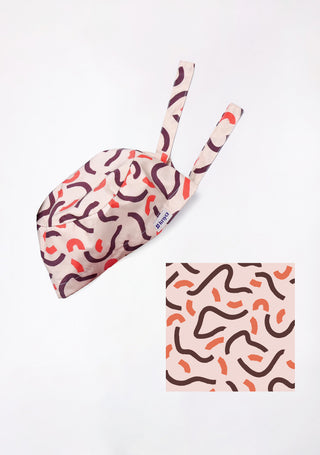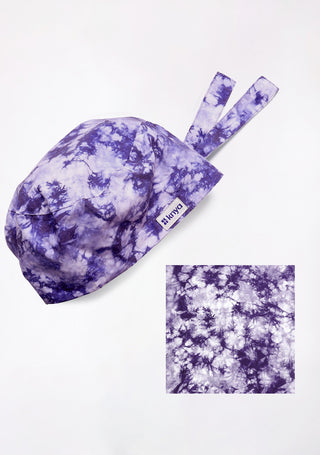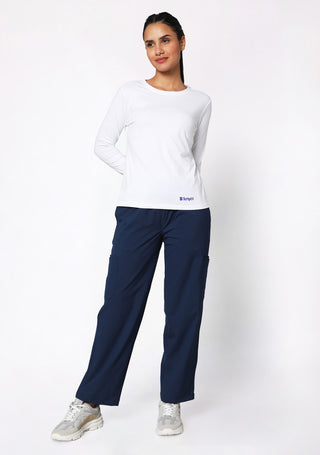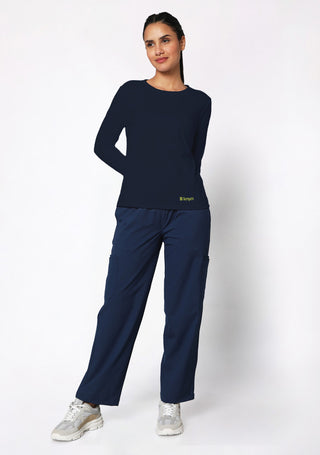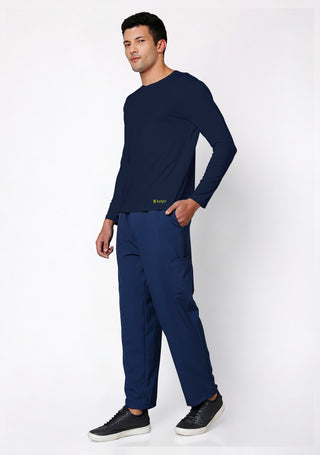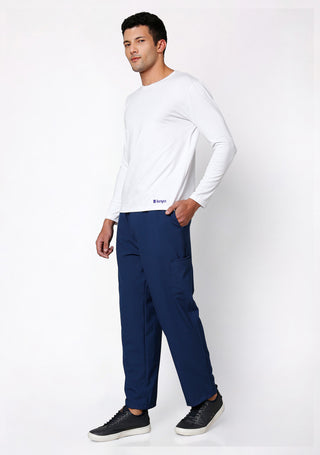Surgical caps may be small, but their impact is significant. From their role in infection control to their contribution to professionalism and team identity, these caps are more than just accessories—they are essential tools in healthcare. Whether color-coded for efficiency, personalized for a touch of individuality, or designed for specific medical specialties, surgical caps play an important role in patient safety and medical staff comfort.
Share
Decoding the Colors: What Different Surgical Cap Hues Signify
The colors of surgical caps are more than just aesthetic choices; they often have specific meanings that help differentiate various roles in the operating room. While color codes vary between hospitals, here are some common associations:
- Blue or Green – Most commonly worn by surgeons, anesthesiologists, and surgical assistants. These colors help reduce eye strain under bright surgical lights.
- White – Often used by medical students and trainees.
- Pink or Light Purple – Frequently worn by nurses or scrub techs, though this varies by hospital.
- Black or Navy Blue – Sometimes worn by senior surgeons or attending physicians to distinguish their rank.
- Patterned or Personalized Caps – Many medical professionals opt for fun, patterned caps as a personal touch or a way to ease patients' anxiety, especially in pediatric care.
While not every institution enforces strict color codes, these distinctions can make it easier for hospital staff to identify team members at a glance.
Browse best Scrubs Collection
How Surgical Caps Vary Based on Medical Specialties?
Surgical caps are not one-size-fits-all. Depending on the medical specialty, caps may vary in style and functionality:
- General Surgeons – Often wear disposable, bouffant-style caps to cover all hair completely, minimizing contamination risks.
- Neurosurgeons – Typically prefer snug-fitting skull caps to prevent interference with delicate procedures.
- Orthopedic Surgeons – May opt for disposable caps with extended coverage due to the high likelihood of fluid splashes.
- Cardiologists and Cardiac Surgeons – Sometimes wear fluid-resistant caps to maintain sterility in long procedures.
- Pediatric Surgeons – Often choose colorful or patterned caps to make young patients feel more at ease.
- Dentists and Oral Surgeons – May use shorter skull caps, as their field of work does not require as much coverage.
Each specialty has unique needs, making the choice of surgical cap an important aspect of their professional attire.
The Evolution of Surgical Cap Design
Surgical caps have come a long way from their early days. In the early 20th century, operating rooms were not as sterile, and hair coverings were not mandatory. As the understanding of infection control improved, surgical caps became standard practice.
- Early 1900s – Caps were rarely used; head coverings were seen more in laboratories than in surgery.
- Mid-20th Century – Cotton surgical caps became common, usually white or light-colored.
- Late 20th Century – Disposable caps became the norm, with improved fabric technology for sterility.
- Modern-Day Innovations – Now, surgical caps are available in antimicrobial, fluid-resistant, and even eco-friendly materials.
As healthcare evolves, surgical caps continue to adapt to meet the needs of medical professionals.
Importance of Proper Fit and Sizing in Surgical Caps
A poorly fitting surgical cap can be a source of distraction and even a hygiene hazard. Caps that are too loose may allow hair to escape, while overly tight caps can cause discomfort. Proper fit is essential for several reasons:
- Infection Control – Ensures all hair is securely covered, reducing contamination risks.
- Comfort and Focus – Allows medical professionals to concentrate on procedures without adjusting their cap.
- Breathability – Prevents overheating during long surgeries.
- Secure Placement – Ensures the cap does not shift or fall off, maintaining hygiene standards.
Choosing the right size and style is a small but significant factor in optimizing performance in the operating room.
Shop the Best Lab Coats from Here!
Surgical Caps as a Symbol of Professionalism
Beyond function, surgical caps serve as a symbol of professionalism in the medical field. A clean, well-maintained cap reflects a commitment to hygiene and excellence.
- Personalized Caps – Some doctors and nurses choose custom caps with their names embroidered, adding a professional touch.
- Team Unity – In some hospitals, departments have matching caps to foster team identity.
- Hierarchy Indicator – Senior surgeons often have distinct caps, subtly indicating leadership roles.
Much like a well-pressed uniform, a surgical cap contributes to the overall image of a competent and dedicated medical professional.
Exploring the Impact of Surgical Caps on Patient Care
While often overlooked, surgical caps can influence patient care in several ways:
- Reducing Infections – By preventing hair and particles from contaminating surgical sites.
- Enhancing Patient Comfort – Playful patterns or familiar designs can help calm anxious patients.
- Boosting Team Efficiency – Clear identification of roles through color-coded caps minimizes confusion in emergency situations.
Every aspect of a medical professional’s attire, including their surgical cap, plays a role in providing safe and effective care.
Beyond the OR: Surgical Caps in Non-Surgical Settings
Surgical caps are not limited to the operating room. They are commonly used in various medical and non-medical environments:
- Dental Clinics – Dentists and hygienists use caps for hygiene during procedures.
- Laboratories – Researchers and technicians wear caps to maintain sterile conditions.
- Veterinary Clinics – Veterinarians use them in surgical and procedural settings.
- Food Industry – Some food processing plants use surgical-style caps for hygiene purposes.
Their use across different fields highlights their versatility beyond just surgery.
Global Trends: Surgical Cap Variations Around the World
Surgical cap designs and practices vary across countries, reflecting local medical culture and hygiene standards.
- United States and Canada – Disposable bouffant caps are the most common in hospitals.
- Europe – Reusable fabric caps are more popular, aligning with sustainability trends.
- Japan – A preference for minimalist, lightweight designs to maximize comfort.
- India – A mix of disposable and reusable caps, depending on hospital resources.
- Africa – Some regions emphasize reusable caps due to economic and environmental concerns.
Understanding these global variations offers insight into how medical professionals worldwide prioritize both hygiene and sustainability.
Caring for Your Cap: Maintenance, Cleaning, and Longevity
Proper care ensures that surgical caps remain effective and hygienic.
For disposable caps:
- Use only once and discard immediately after a shift.
For reusable fabric caps:
- Wash regularly with a hospital-grade disinfectant.
- Store in a clean, dry place to prevent contamination.
- Inspect for wear and tear, replacing when fabric weakens.
A well-maintained cap not only lasts longer but also ensures the highest level of hygiene.

